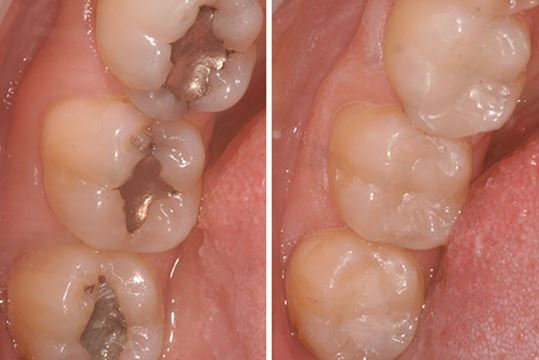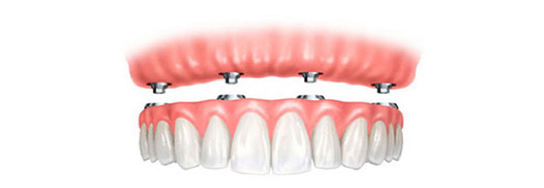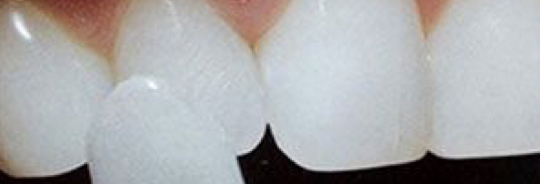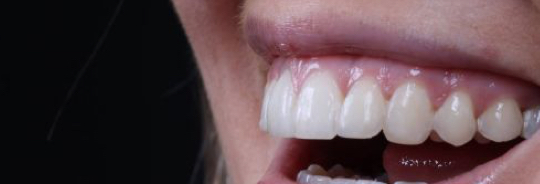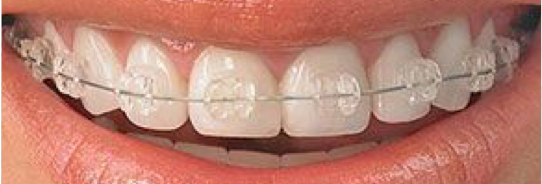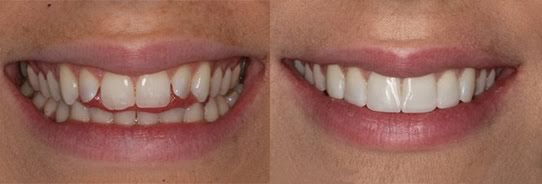How does treatment work?
A bridge spans the space where the teeth are missing. The bridge is bonded to the natural teeth beside the empty space. These teeth are known as abutments and serve as anchors for the bridge. The replacement tooth is then attached to the crowns and the gap is closed.
Bridges made using porcelain or ceramic can be matched to the colour of your own natural teeth. In areas of your mouth under less stress, such as your front teeth, a cantilever bridge may be used. These are used when there are teeth on only one side of the open space. By having a bridge placed, you greatly reduce the risk of gum disease and can help correct some of the bite issues and improve speech.

Advantages
- Fast- Bridges can be made quickly to close a gap. A temporary can usually be made the same day.
- Long Lasting- They can last many years if the teeth are cared for.
- Good Appearance- They can look great- just like your own
- Feel Good- They usually feel like your own teeth.
- Secure- Can be suitable even where some teeth are wobbly and can help to splint them together.
Disadvantages
- Drilling- Often the teeth will require some drilling to make space for the restoration. This can make it less suitable for younger patients.
- Root Canal- Any tooth preparation can potentially require root canal treatment in rare cases.





